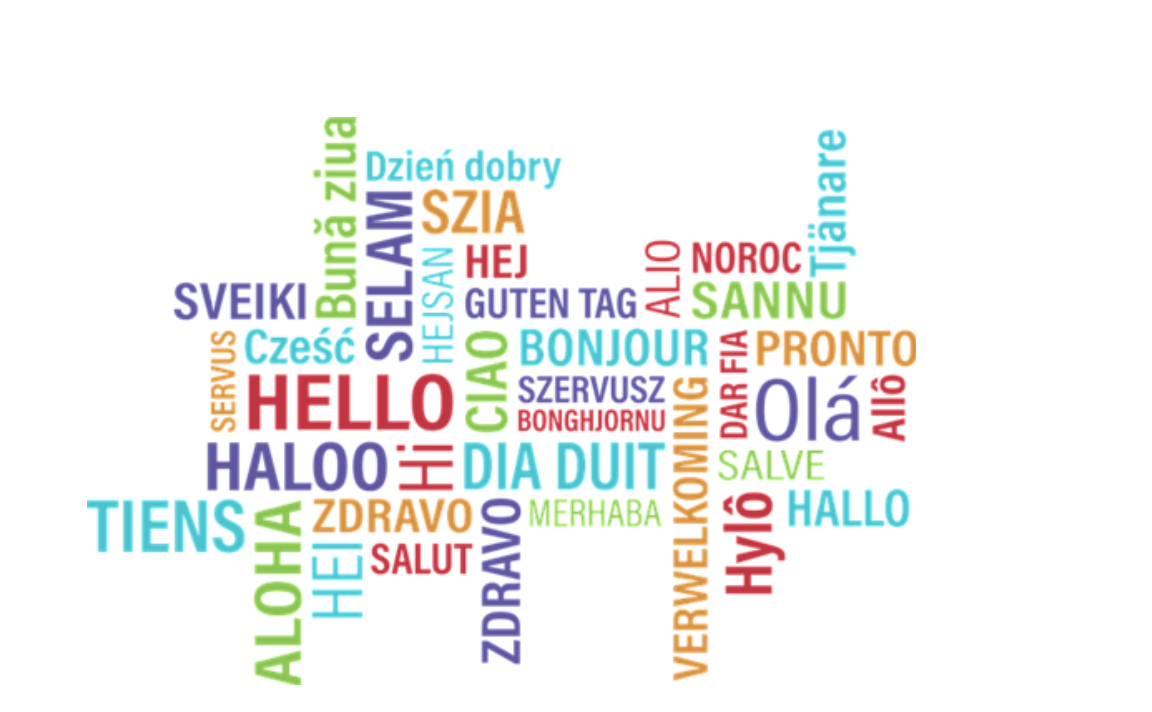Photo Source: https://nj01001801.schoolwires.net/domain/148
By Patrick O’Neill, Staff Writer
In an effort to celebrate the world’s many languages and their associated cultures, the UN has declared that 2019 is International Year of Indigenous Languages. This year is dedicated to raising awareness about the world’s many indigenous languages which are often endangered or dying.
Back in 2016 the United Nations General Assembly adopted a resolution calling 2019 the International Year of Indigenous Languages based off the recommendation of the Permanent Forum of Indigenous Issues. The Forum claims that roughly 40% of the world’s 6,000 to 7,000 languages are in danger of dying out and disappearing.
The languages of indigenous peoples represent the preservation of cultural knowledge and unique forms of communication which distinguish them from one another and from the non-indigenous world where the majority of people speak only a small percentage of the world’s many languages.
The organization in charge of developing the International Year of Indigenous Languages also says: “The celebration is also expected to strengthen and reinforce the many standard-setting tools adopted by the international community which include specific provisions to promote and protect languages.”
Therefore, it becomes our duty as global citizens in a world where indigenous cultures are threatened to promote and protect the conservation of world languages and their cultures alongside them. As such, in the coming weeks before the end of the semester we will be looking at some of the world’s endangered languages, and learning about new cultures and concepts to better our understanding of the importance of this year in the celebration of multilingualism and conservation of indigenous cultures.

